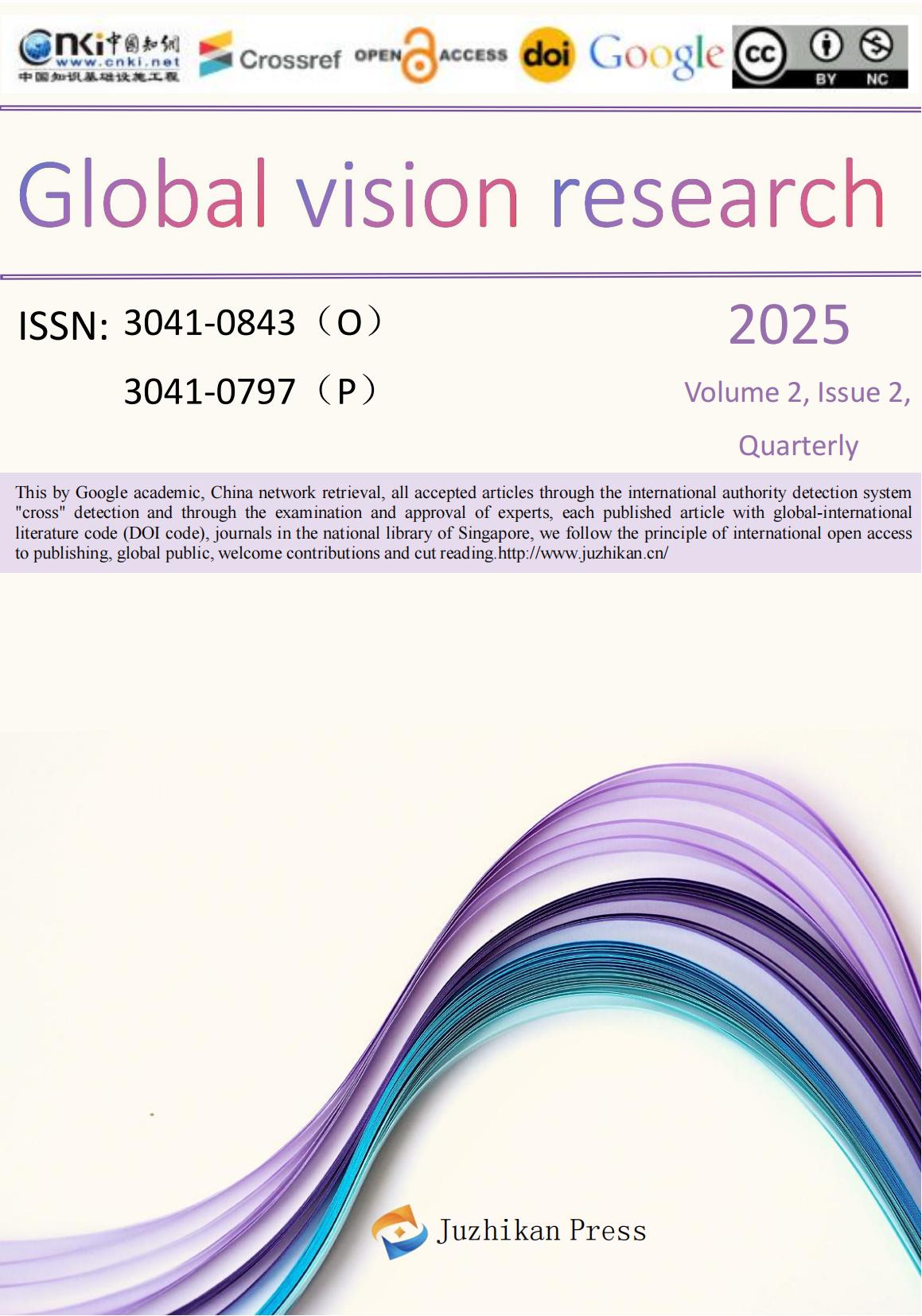
 info@juzhikan.asia
info@juzhikan.asia
 info@juzhikan.asia
info@juzhikan.asia
A Study on the Expression of Subjectivity in Pierre Bonnard’s Scene Oil Paintings
WANG Honggan DU Tingting
Tianshan District, Urumqi City, Xinjiang Uygur Autonomous Region, 830002;
Abstract: Pierre Bonnard was one of the painters of the Nabi School, deeply influenced by Futurism, Impressionism, Post-Impressionism, and Symbolism, forming a unique style of scene oil painting. Based on the theoretical origin and life experience of Bonnard’s scene painting creation, this paper further analyzes the individualized painting language that the painter presented in his scene oil paintings. The study also interweaves the philosophical concepts of Bergson, the phenomenology of Husserl, and the theory of Expressionism. On this basis, combined with the author’s own reflection on scene oil painting practice, it further explains the subjective expression of the picture based on the phenomenon of consciousness itself.
Keywords: Bonnard; subjectivity; oil painting language; scene painting
References
[1] Yin Xiangting. (2024). Research on the Formal Language of Interior Scene Oil Painting [Master’s thesis, Guizhou University]. Guiyang, China.
[2] Wang Kang. (2011). Interpretation of the Painting Art of Nabi School Painter Bonnard [Master’s thesis, Liaoning Normal University]. Dalian, China.
Journal Articles
[3] Jiang Songping, & Miao Shuna. (2022). Dreamlike Colors in the Figures of Bonnard’s Oil Paintings. Art Education Research, (09).
[4] Liu Danfeng, & Wang Xiangsheng. (2025). A Study on the Decorative Painting Language of Bonnard. Beauty and Times, (03).
[5] Yu Jun. (2014). The Use of Light and Color in Bonnard’s Paintings. Journal of Anhui University of Technology (Social Science Edition), 31(04).